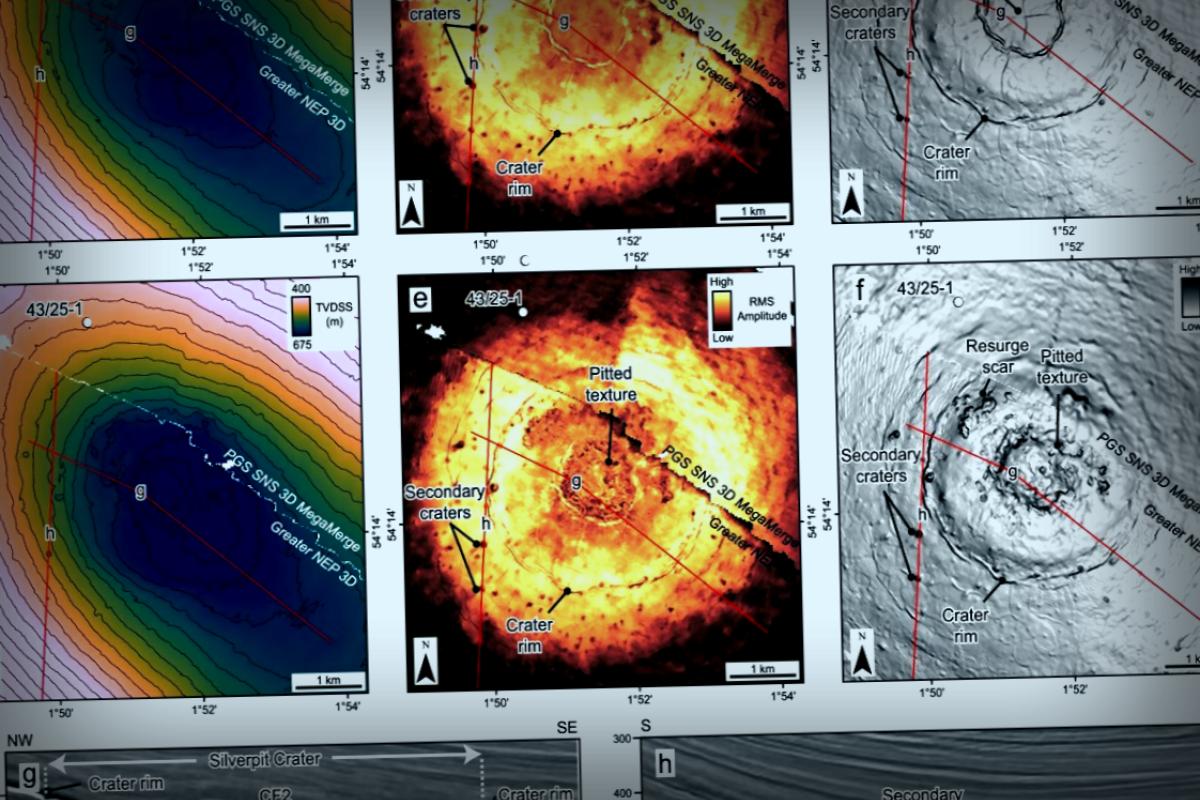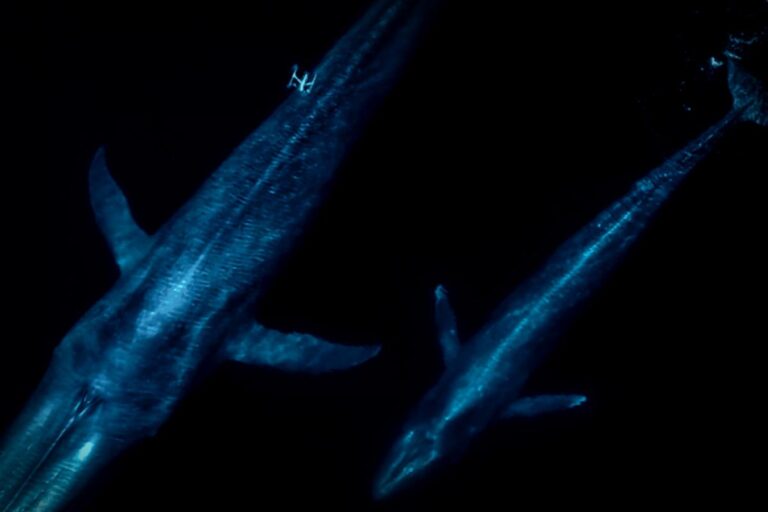After many years of debate, researchers have cracked the mystery of the Silverpit Crater in the southern North Sea. New findings confirm that it was created by an asteroid or comet hitting the Earth about 43 to 46 million years ago.
The investigation, led by Dr. Uisdean Nicholson from Heriot-Watt University in Edinburgh, combined seismic imaging with microscopic examinations of rock samples and complex numerical models, yielding compelling evidence that the Silverpit Crater is one of the rare impact craters on our planet. Their complete study has been published in Nature Communications.
Located 700 meters beneath the seafloor, this crater lies about 80 miles away from the Yorkshire coast and stretches 3 kilometers wide, surrounded by a 20-kilometer range of circular faults.
Since its discovery in 2002, geologists have vocalized various theories regarding its formation, with this debate reaching a peak in 2009 when a vote in Geoscientist magazine found that many did not support the impact hypothesis.
Yet, the latest evidence contradicts those early assumptions.
Leveraging new seismic imaging and insights gathered from the depths below the seabed, the Heriot-Watt team successfully reinforced the impact theory.
Dr. Nicholson, who specializes in sedimentology at Heriot-Watt’s School of Energy, Geoscience, Infrastructure and Society, highlights how novel seismic imaging offered an unmatched perspective on the crater’s structure.
Additionally, rock samples extracted from a nearby oil well uncovered rare ‘shocked’ quartz and feldspar crystals at a comparable depth to the crater floor—a significant finding in itself. “Discovering these was almost like finding a needle in a haystack! They provide undeniable proof for the impact crater theory due to their unique textures created only under extreme pressures,” explained Dr. Nicholson.
He goes on to note that a 160-meter-wide asteroid impacted the seabed at a low angle from the west, causing a colossal 1.5-kilometer tall curtain of rock and water to erupt, eventually plunging back down and generating a tsunami exceeding 100 meters in height.
Professor Gareth Collins from Imperial College London, who contributed numerical models for this recent study and participated in earlier debates, commented, “I’ve always leaned towards the impact hypothesis as the most logical explanation considering the evidence. It feels incredibly fulfilling to have finally confirmed it. Using this new data, we can advance our understanding of how impacts have shaped planets beneath their surfaces, which is something tough to study on other celestial bodies.”
According to Dr. Nicholson, the Silverpit Crater is not just any geological structure: “It’s a remarkably intact hypervelocity impact crater. Such craters are infrequent because Earth’s ever-changing landscape results in erosion and tectonic activities that erase most evidence of these grand events. Approximately 200 verified impact craters have been discovered on land, and only 33 are recognized beneath the ocean.”
These revelations about Silverpit enhance our comprehension of asteroid collisions and their historical effects on Earth – crucial given the potential for similar events during the future.
The affirmation of Silverpit’s status as an impact crater aligns it with well-known sites like the Chicxulub Crater in Mexico, famously linked to the extinction of the dinosaurs, and the recently verified Nadir Crater off the west coast of Africa.
Additional details: Uisdean Nicholson et al. presented their findings in Nature Communications (2025). DOI: 10.1038/s41467-025-63985-z.
These insights are brought to you by Heriot-Watt University.
This article first appeared on Phys.org.




















